Suburbia in Nineties and Aughts Films
May. 17, 2025 [History] [Film] [Gaming] [Introspective]There is something just so alluring about the picturesque, upper middle class suburbs as they are portrayed in film, with their neatly trimmed gardens flanking lawns and quiet network of roads meandering between them. Careful attention is paid to their natural spaces dotted with old trees, road verges and, if it’s really ritzy, landscaped road medians. But what is most striking to me is just how lush and green these spaces are made to look in the twilight years of reel film era movies.
But where these settings really so lush and aesthetic? Or am I just remembering them through the lense of nostalgia? Let’s have a look.
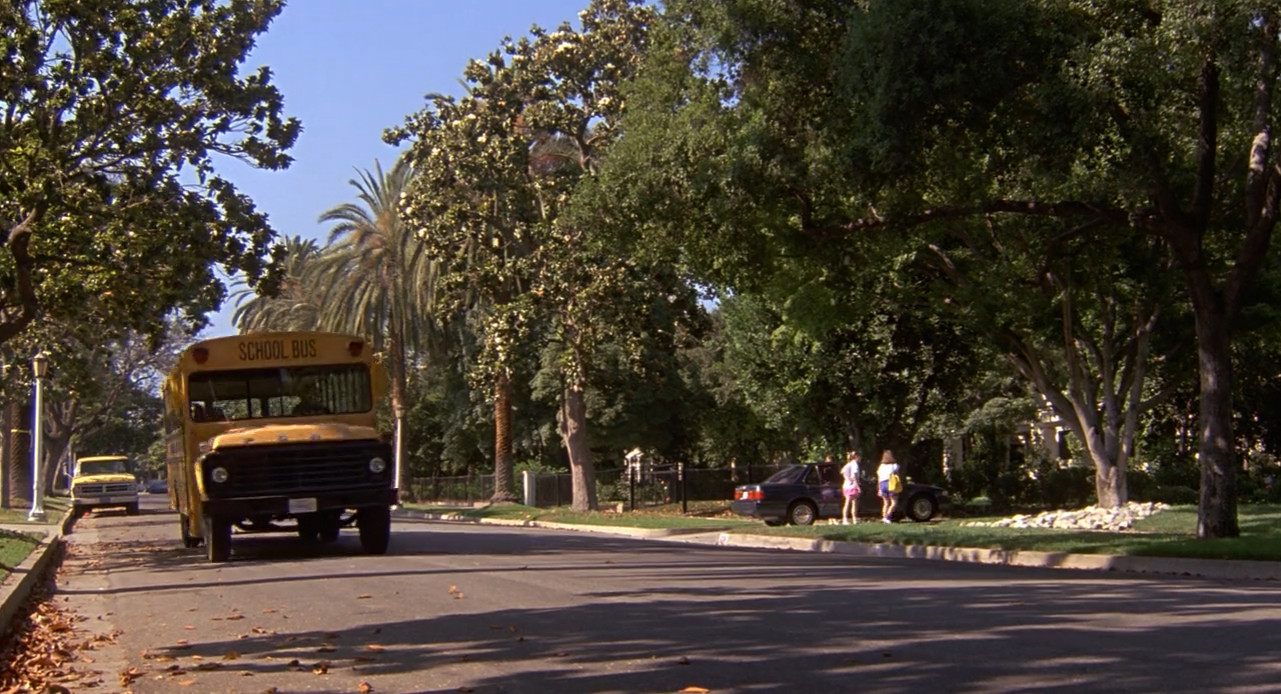
Beethoven (1992)
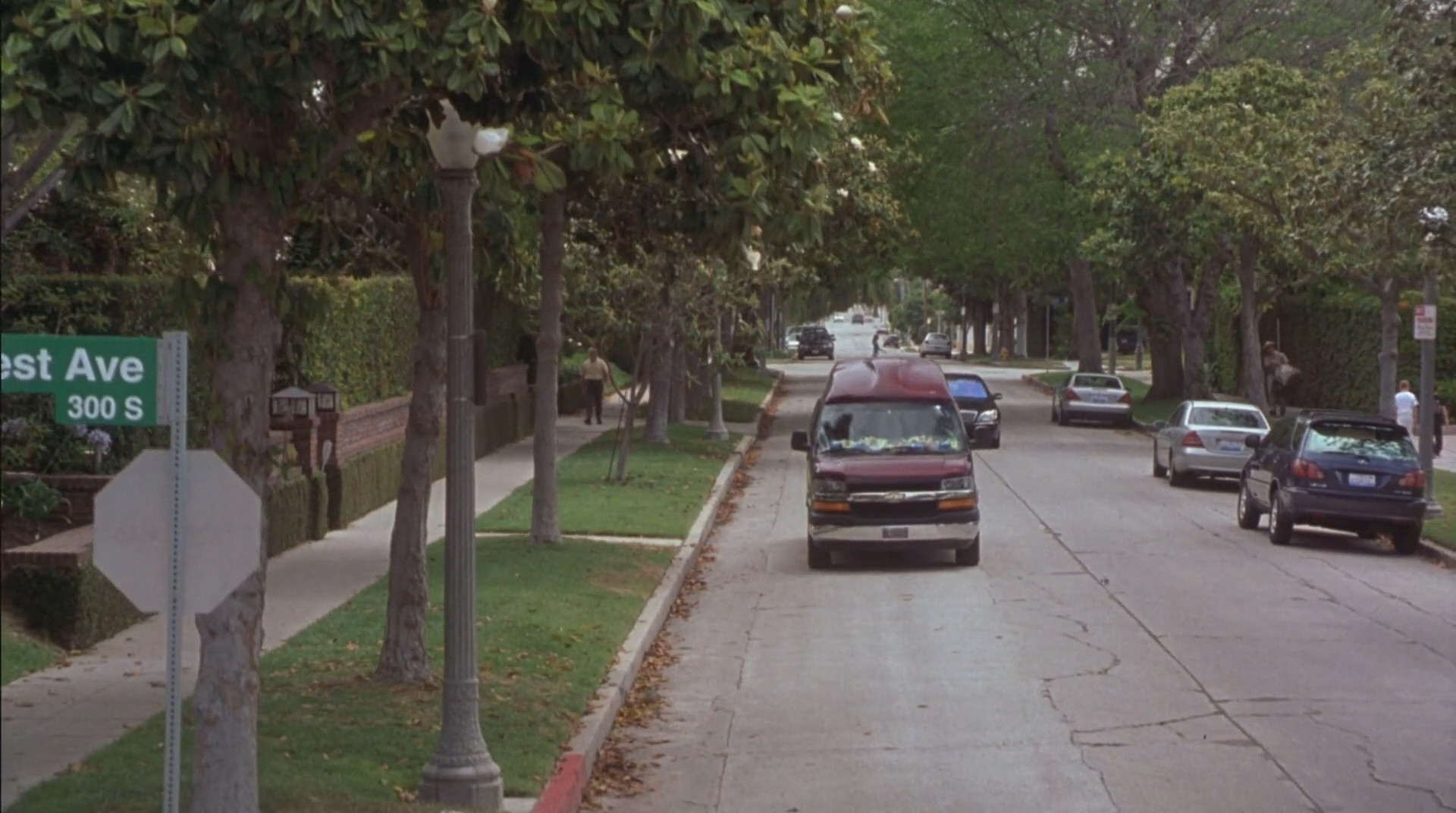
Cheaper By The Dozen (2003)
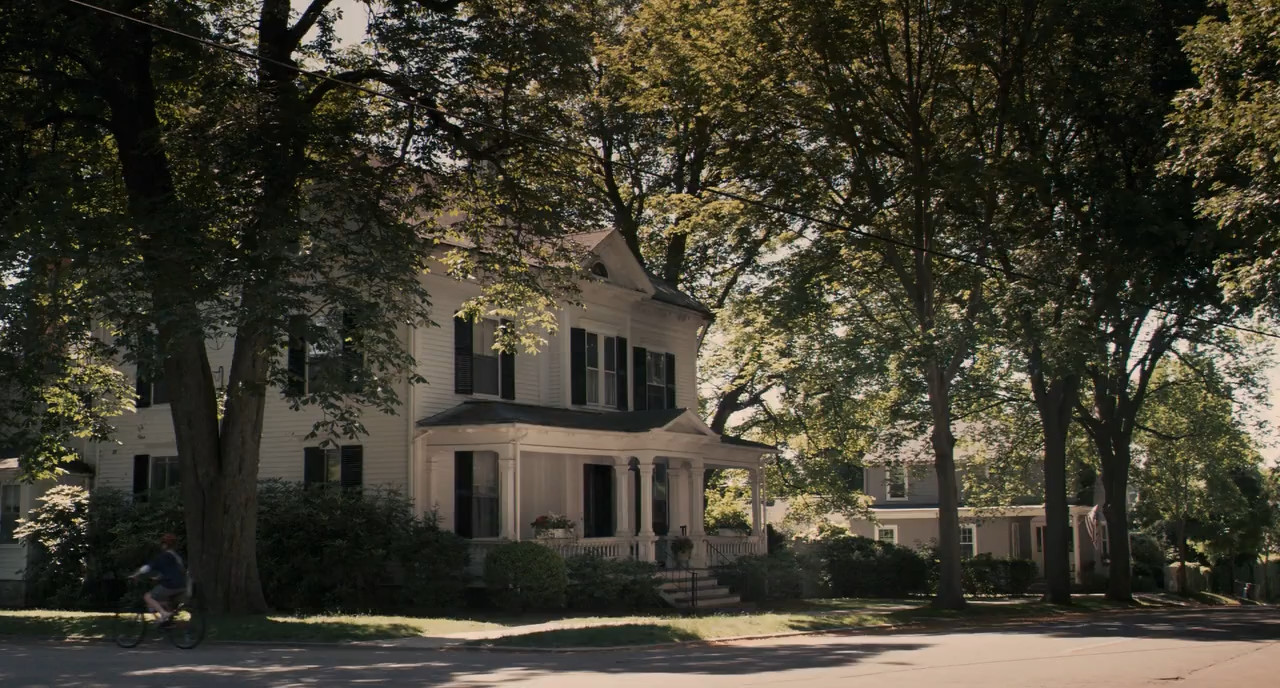
Hachiko A Dogs Story (2009)
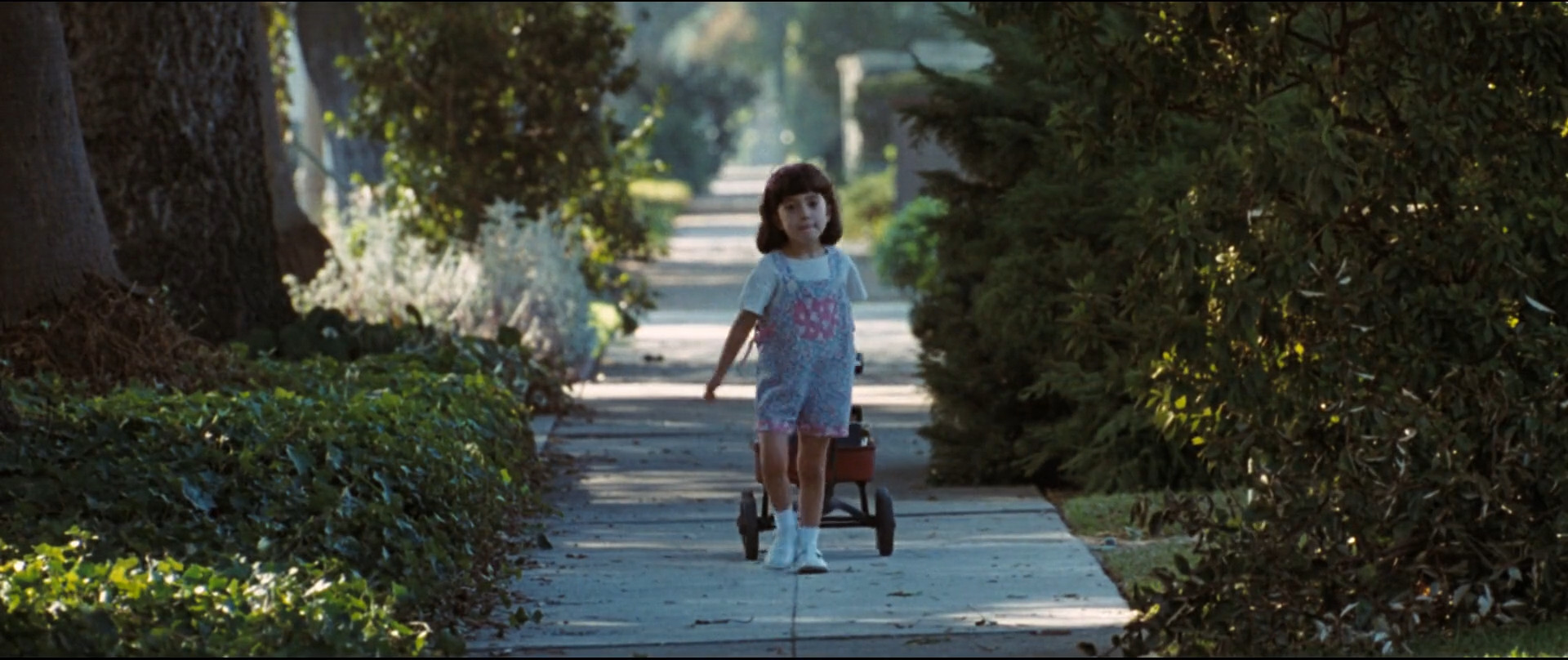
Matilda (1996)
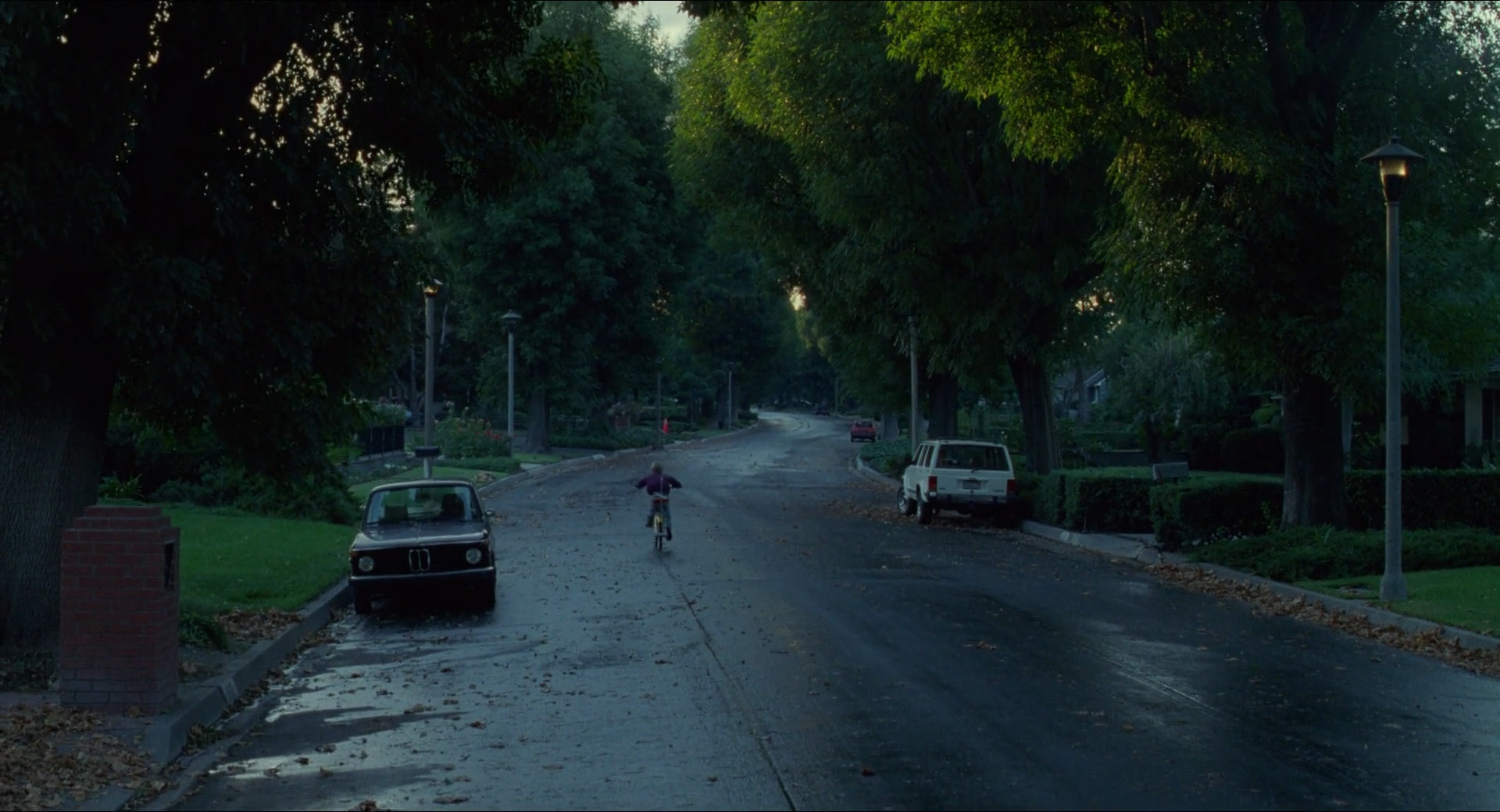
The Pagemaster (1994)
Even CGI films of the time had been able to capture that look.
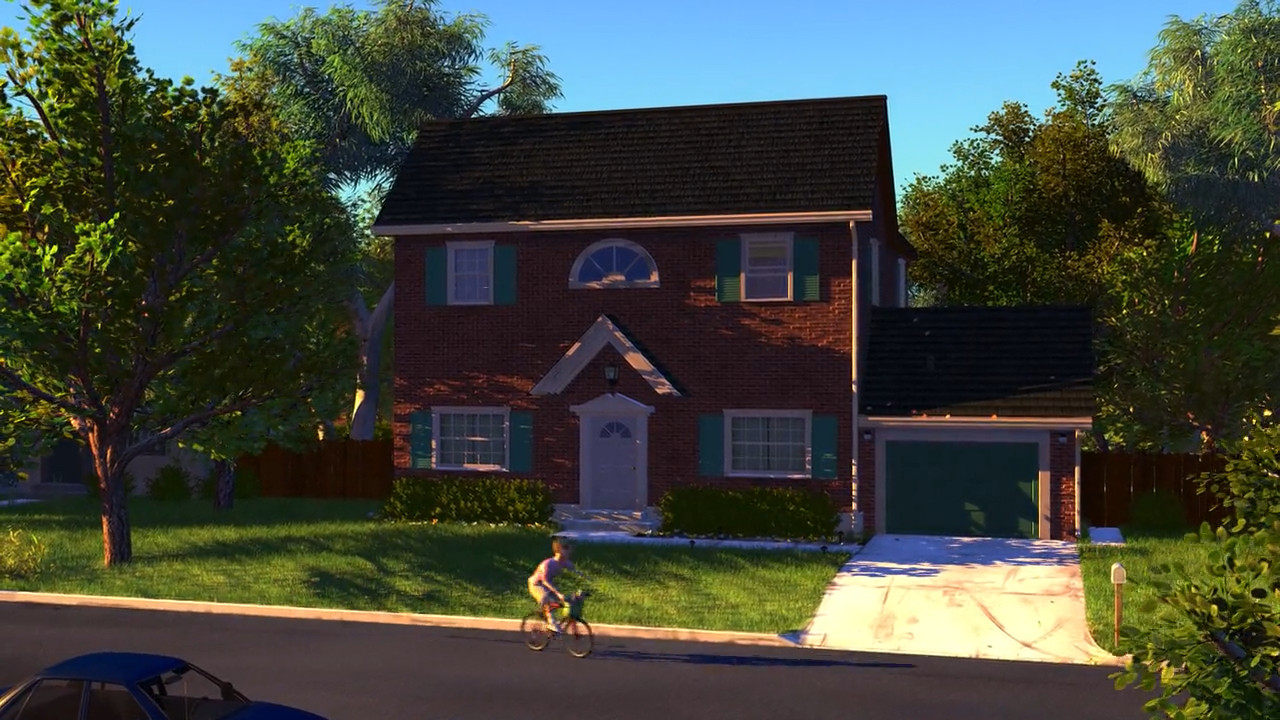
Toy Story 2 (1999)
In these we can see a wide range of coloration, and including both high and low light levels. But aside from the CGI of Toy Story, nothing is quite as oversaturated green as I remember. It must be similar to the effect where we recall the graphics of old video games played in childhood being much better than they were in reality.
These samples were just what I pulled from a quick glance over a movie collection, but there are many more. Television shows too, with one that stands out to me being the episode of The Office (US) where they go on a fund raising jog around Scranton, PA. And certain video games as well. The most forefront example in my mind being Cities: Skylines.
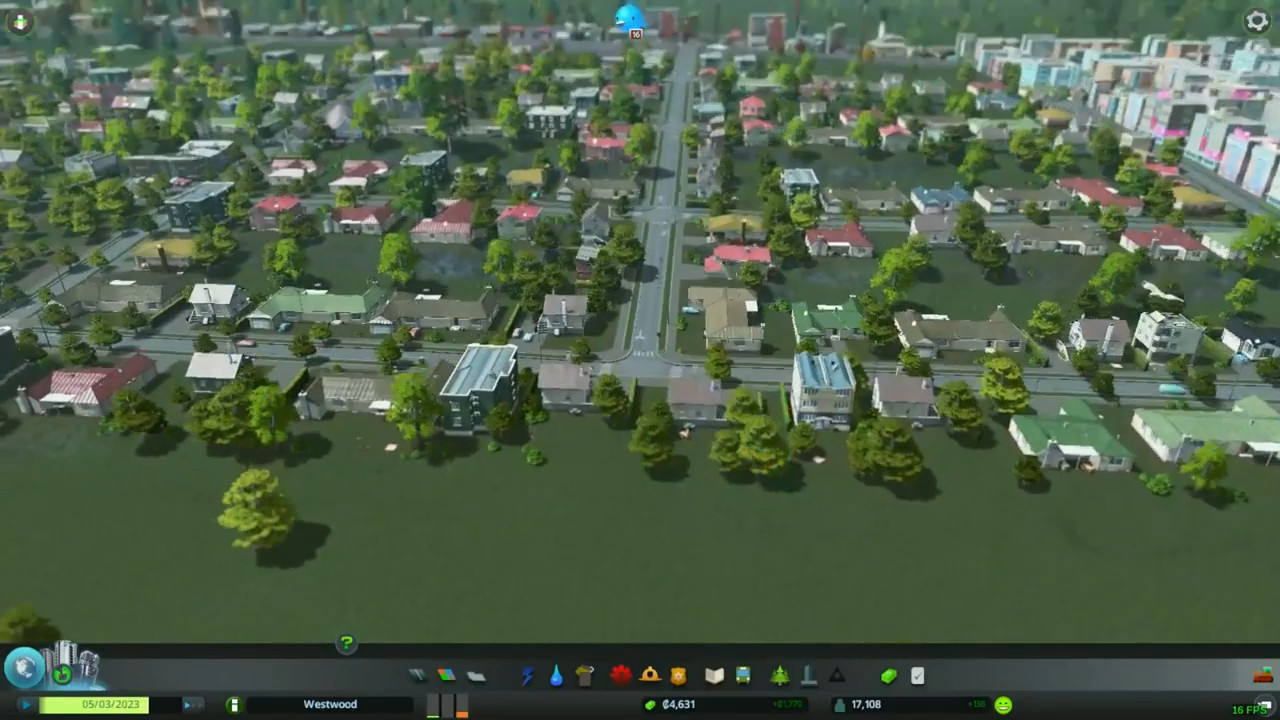
Cities: Skylines
Very cozy. But maybe it is not all visual. Maybe there is something about that particular kind of planned space that calls out to me. And where were the filming locations for these movies anyway?
| The Pagemaster | Arcadia, California |
| Beethoven | Los Angeles, California |
| Hachiko A Dogs Story | Rhode Island |
| Matilda | Arcadia, Altadena & Los Angeles California |
| Cheaper By The Dozen | Petaluma, California |
| Toy Story 2 | Likely based on Richmond, California |
Understandably, Hollywood uses their home state as the backdrop of many films. Not shocking. With what little time I’d spent in California, I had only seen “sand and dry shrub” California and not “shaded oak cul de sac” California. But if most people are seeking out the latter, it’s no wonder pricing in the region is so insane.
It is not just the greenery, per se, that makes the setting. But I think the idealistic blue sky summer weather with its depictions of people actually outside doing things which these scenes capture that leaves such an impression. I used to reason that the effect was due to the use of film cameras, which some have suggested aided in that warm, saturated look. But then why are video games and CGI films also capable of invoking that perception?

Ryzom
Natural spaces in games can often be just as peaceful an escape as are the real thing, I find. Almost everyone who has played Minecraft can probably relate to looking out at the vast landscape receding into the foggy horizon and taking in all its blocky, digital beauty on at least one occasion. I think there is something primal that speaks to us from the tree lines of curated spaces.
I didn’t mean for this examination of cinema to turn into a psychological analysis of the way that living spaces are designed and perceived. But I do find myself thinking about it frequently. I think there is a balance that must be struck between nature and infrastructure when developing land. The goldilocks zone seems to be somewhere around 3:2, nature:infrastructure. While the surroundings of untamed forest, rivers and mountains enable one to dive deeply inward, I sometimes find myself yearning for developed spaces where neighbors greet each other from over the fence and children can be heard playing on quiet roads.
tl;dr: nature pretty